France 2024 Wrap Up
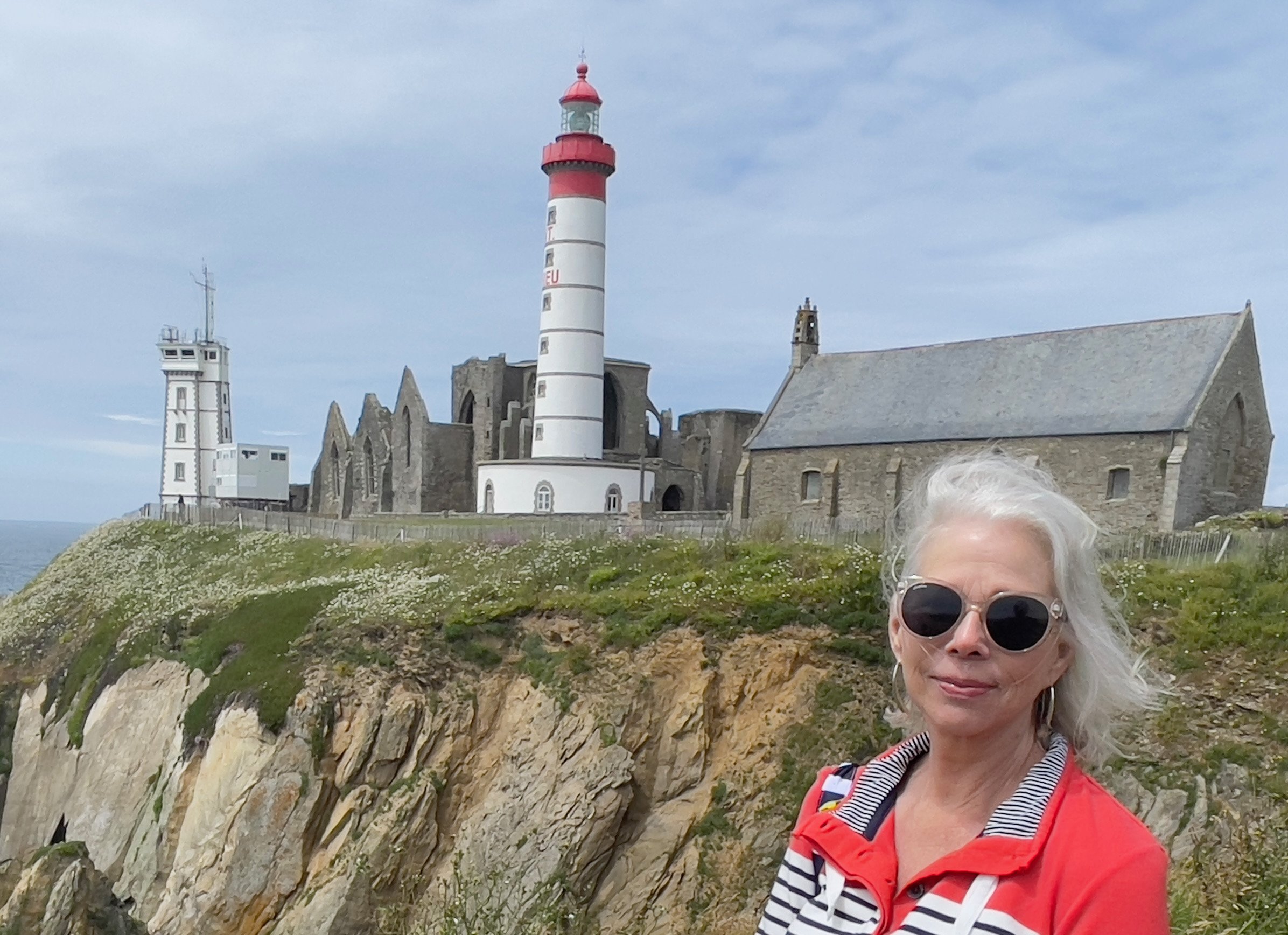

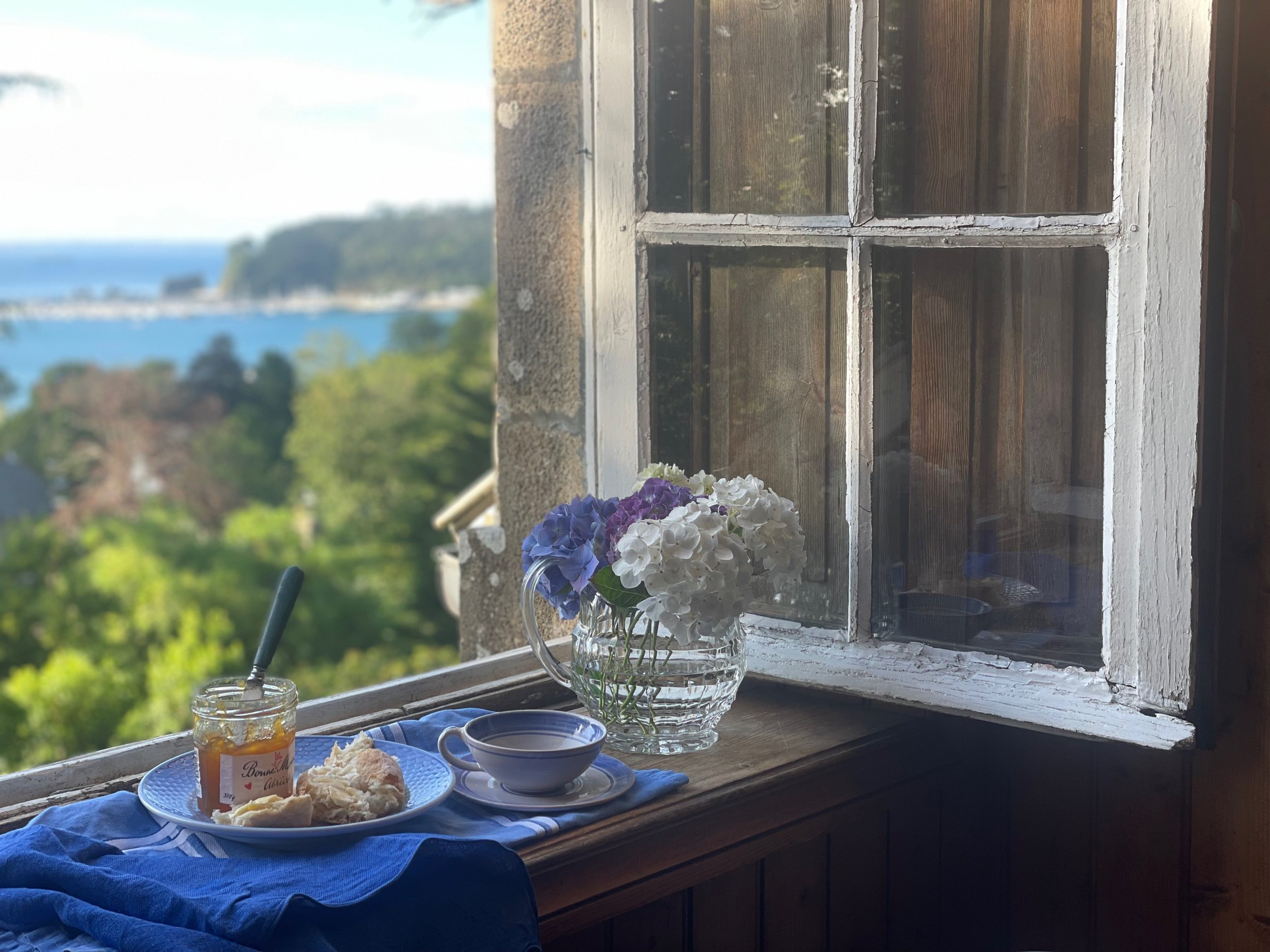


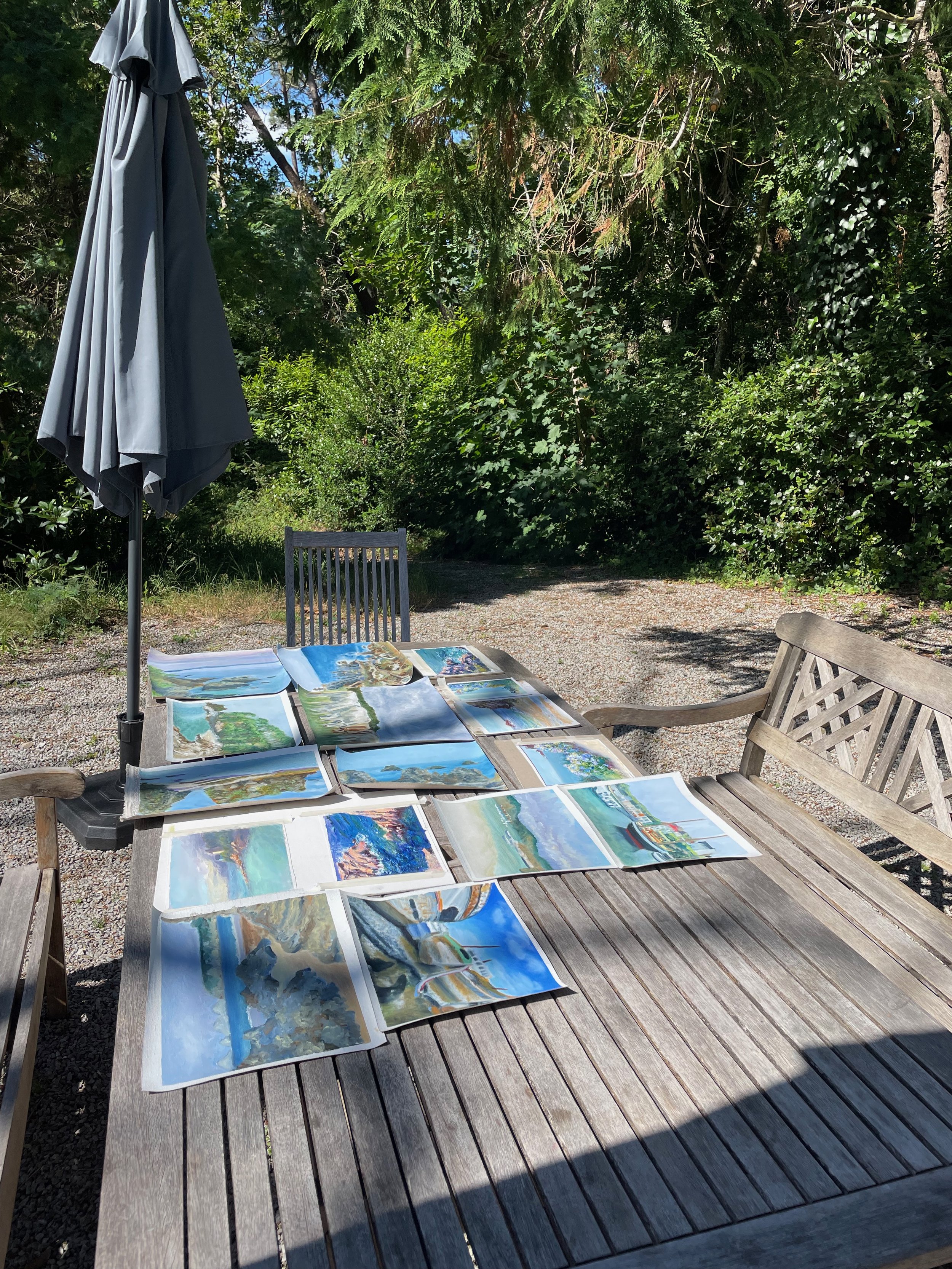
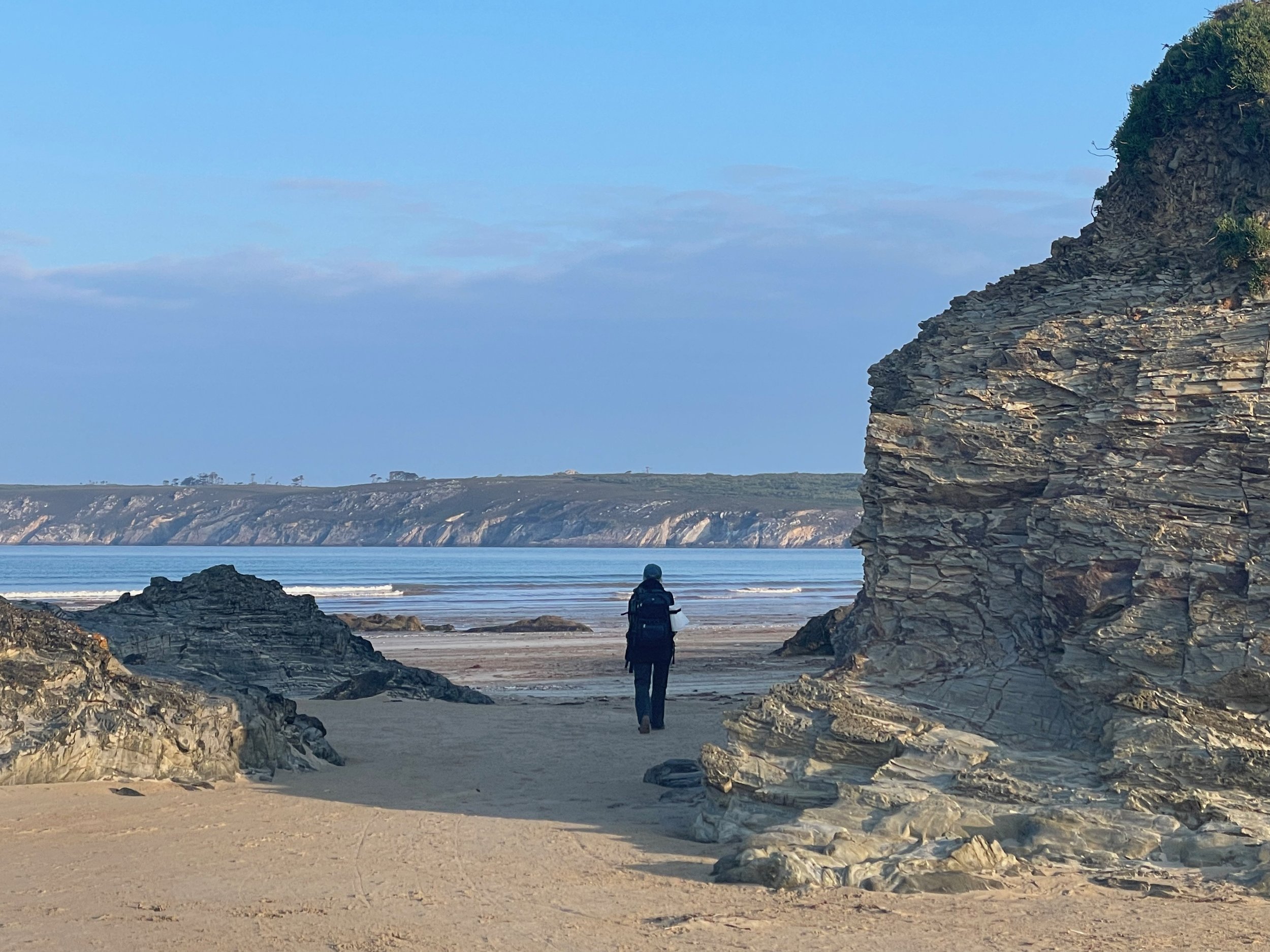
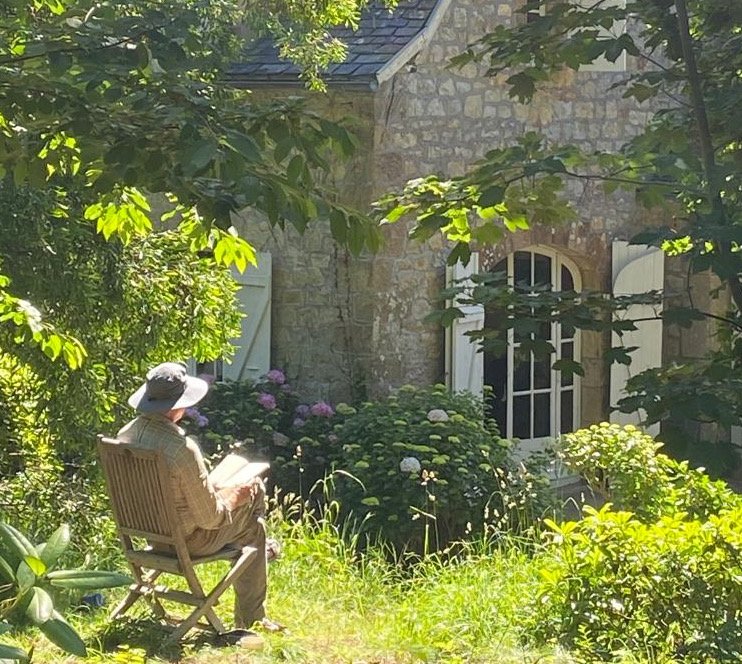
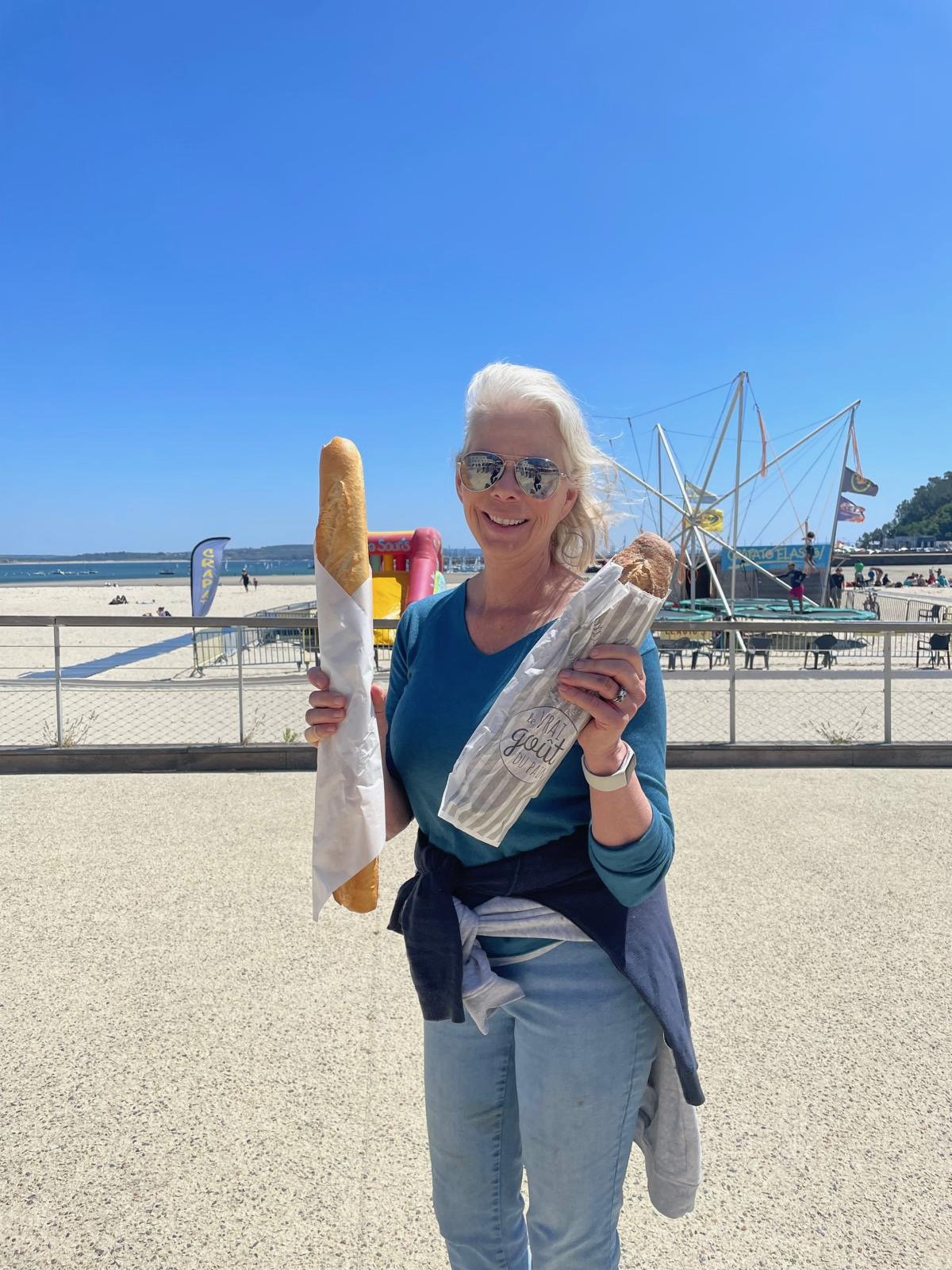
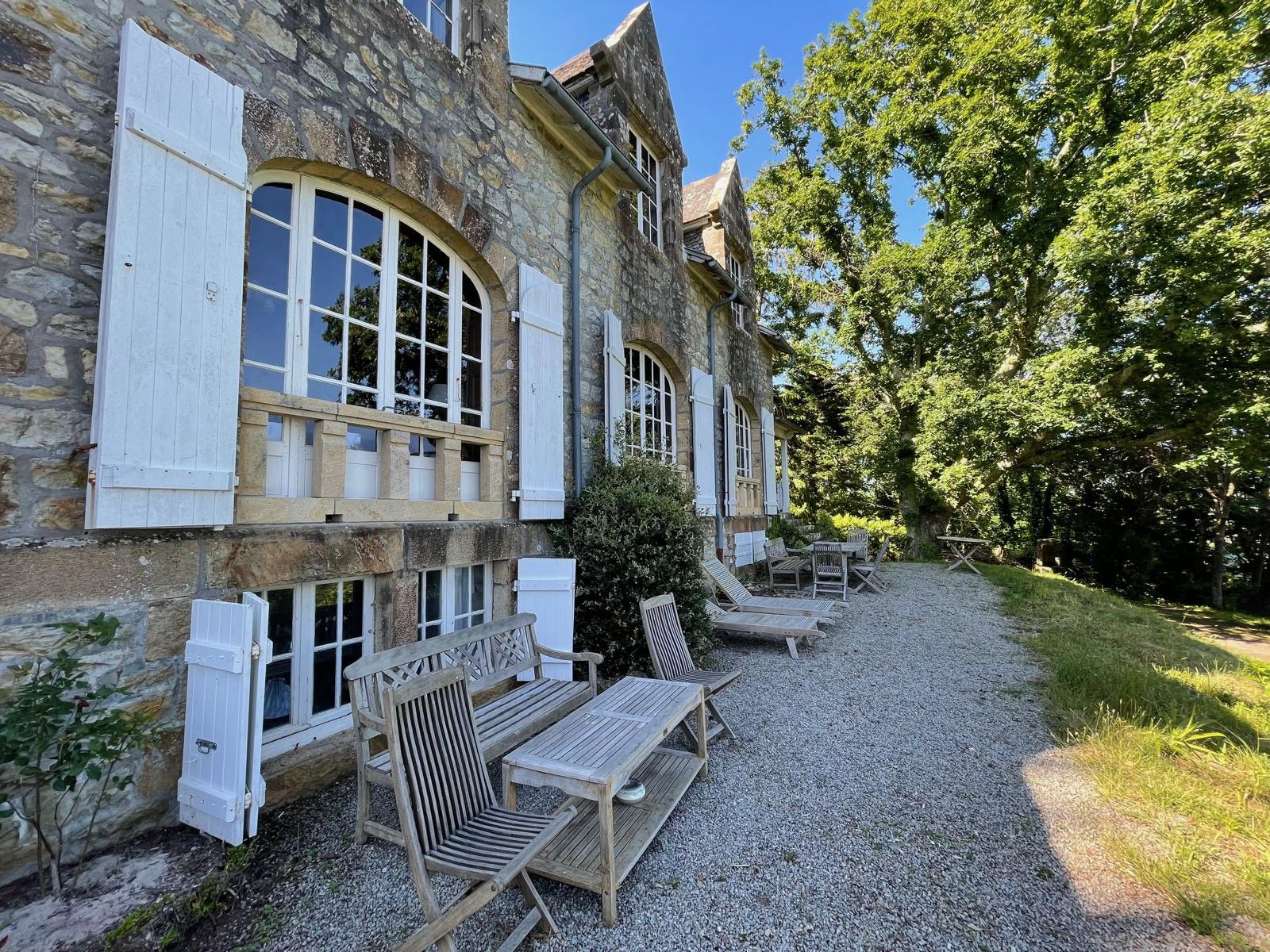
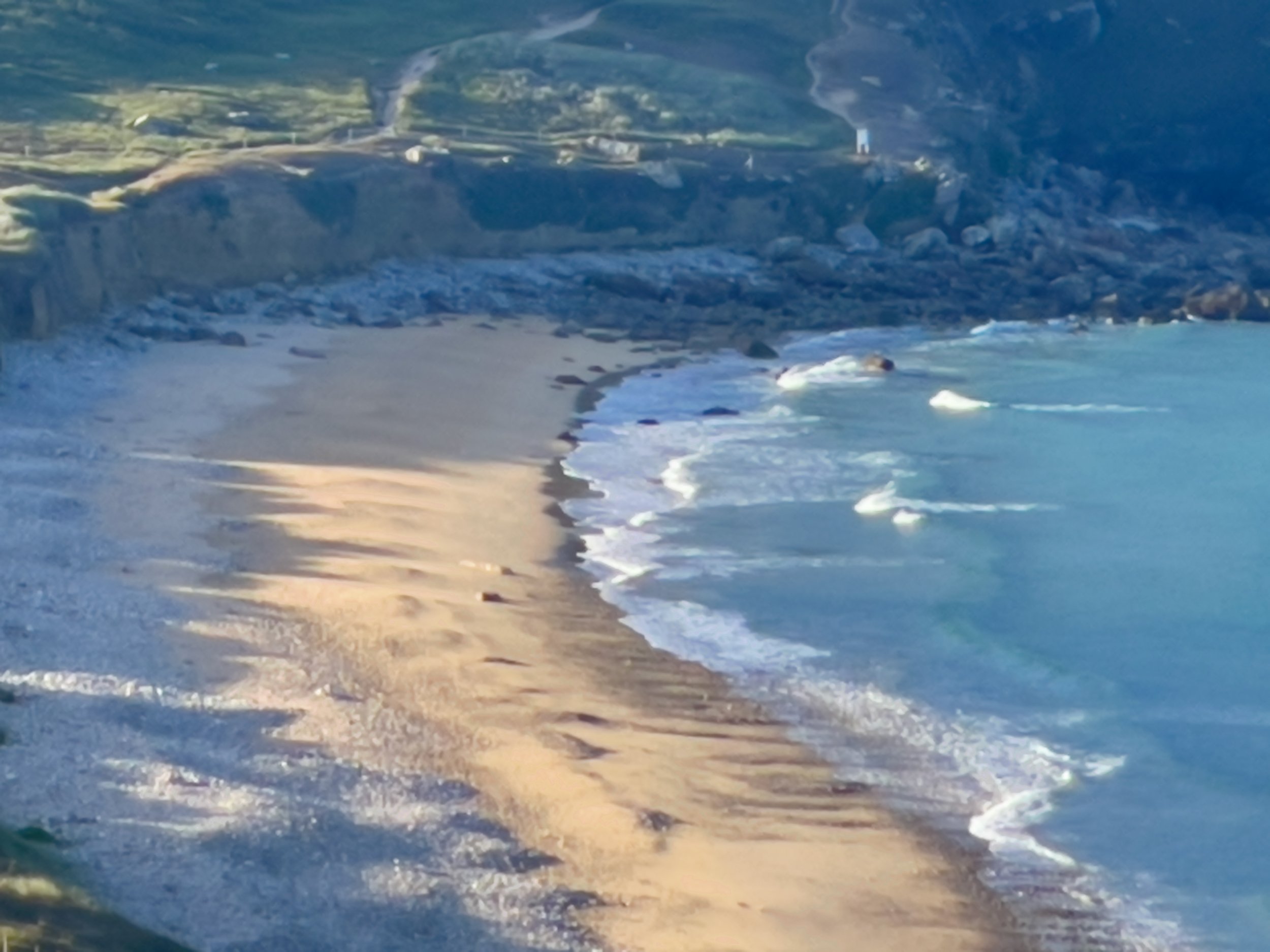
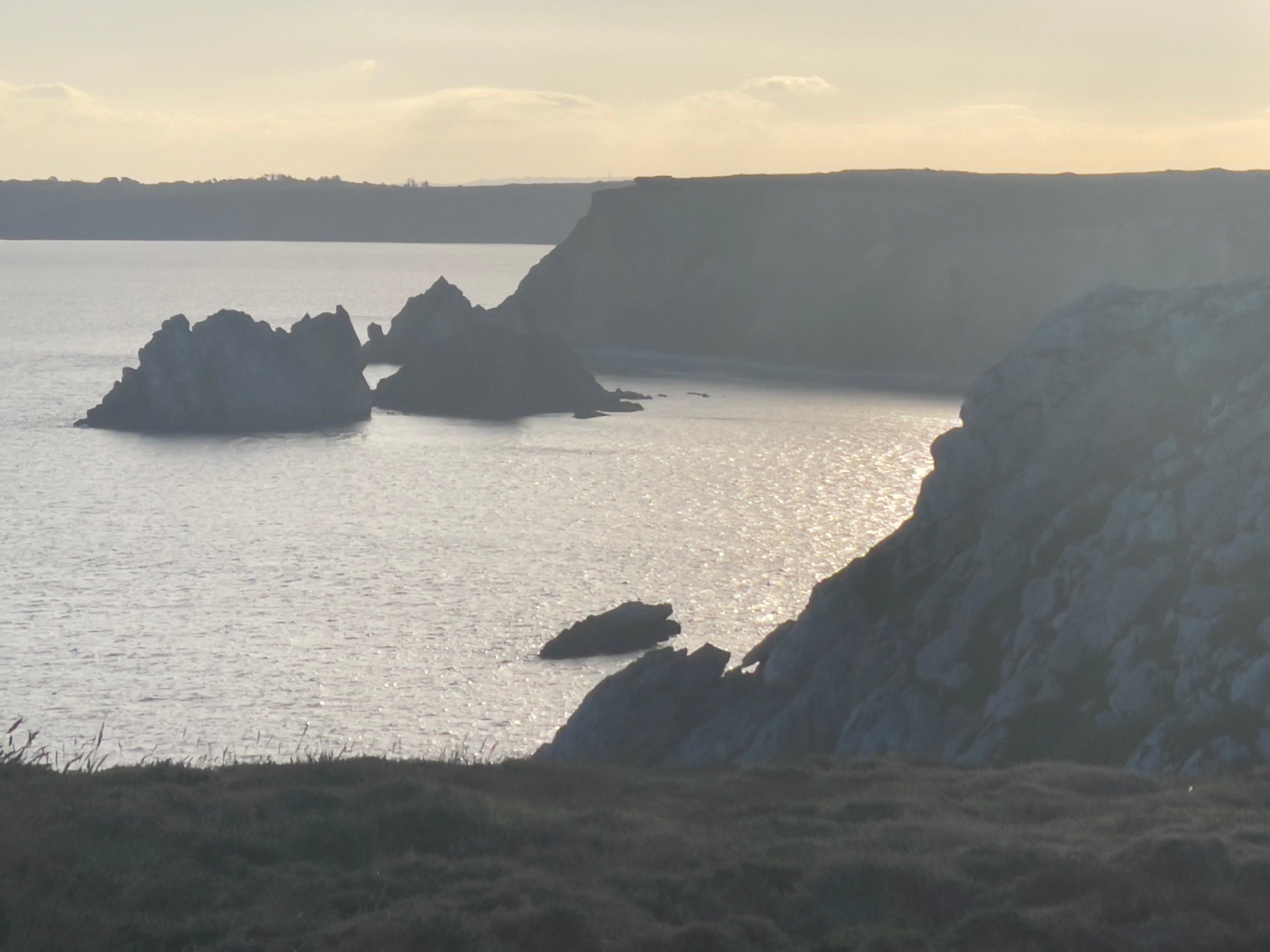
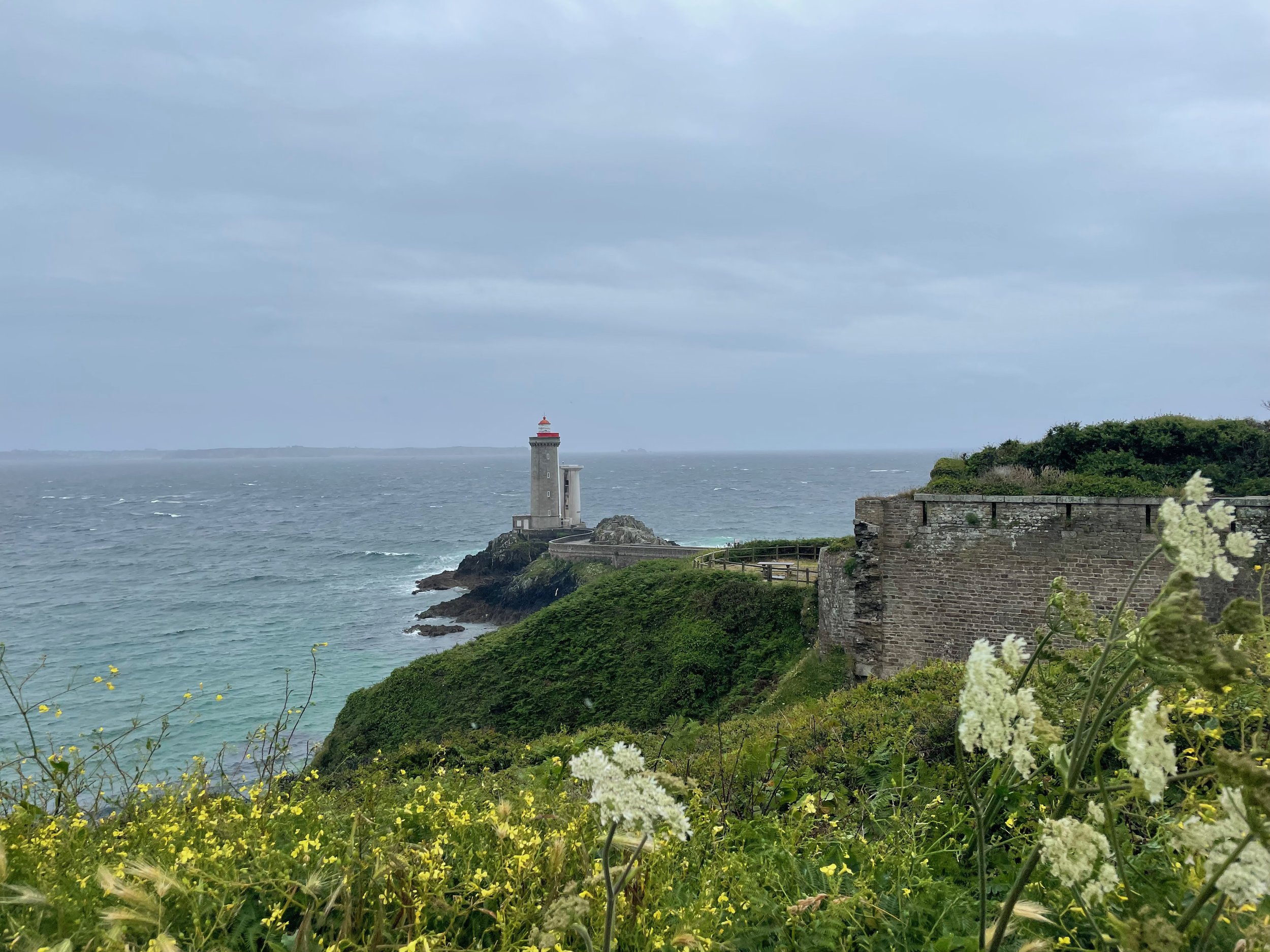
Today is my last day of a month long stay in the Crozon Peninsula of Brittany, France.
I traveled here with four other artist friends. None of them had ever been to my happy place and, as usual, it brought me great joy to share it with them, to see the look of awe and wonder on their faces as we trudged out in early morning light to the cliffs and the beaches and the gentle, rolling farmland that swoops down to the sea.
I have painted almost daily during our time here, but my approach and mindset this time was different: Instead of attempting to make paintings, I decided to approach each painting session as an intense study of light and color, a way to burn this place into my memory so deeply that I would have endless material to work from this winter in my studio.
And it paid off in more ways than one. First, I have more paintings in my heart than can possibly be born onto canvas when I return home. Perhaps more importantly, the intense presence I brought to my studies left me with a better understanding of why this place resonates with me, why it makes me so happy, why I keep returning here to paint and to share it with other artists.
Brittany has a mystical aura that I feel deep in my bones. Part of that feeling comes from the landscape itself. Misty mornings; standing stones that were erected 7000 years ago by an unknown culture; ancient abbey ruins perched high on the cliffs overlooking the sea; big, dramatic rocks and a sea that changes moods frequently.
But much of that feeling comes from the people and the culture. Bretons do not consider themselves French (and genetically and linguistically they are not French). They are hearty, seafaring, Celtic stock with a great respect for the body of water that provides food for their bellies and a natural rhythm to their lives. This respect is palpable and the relationship between humans and nature here is so obviously sacred. Ask any Breton about the sea and prepare for a long winded treatise that will likely include references to the lost city of Atlantis (or Ys) and other ancient legends.
Christianity came to Brittany quite early (around the first century BC) and its proponents desperately tried to erase the pagan roots of the place, but those roots have remained quietly alive for centuries. You see it everywhere, if you stop to look closely: In the oldest churches and monasteries, which have some interesting Black Madonnas and are often built on top of what was once a sacred well or cave used by pagans; in the curious collection of Christian saints here, who are predominantly local characters with names and legends that most Christians wouldn't recognize, and of course, in the festivals and ceremonies that are Christian in name, but retain much in the way of pagan symbols.
When I stand on the towering cliffs, covered in purple gorse and tiny yellow wildflowers, I feel like I'm looking at my life in a way - dispassionately observing the drama and the difficulties alongside the beauty, and loving them both equally. It is a vantage point that I never seem to tire of (yes, expect more paintings of waves and rocks this winter). It makes me feel extremely grateful to have lived at all, to have just been alive, to have loved and lost and soared and crashed and ALL OF IT.
Tomorrow our group disperses. I will go on to the Pink Granite Coast (another part of Brittany). I'll be back to the U.S. in late July, and then I’ll start the process of making paintings from the color studies I created this year in Brittany.
If you would like to join me in Brittany next year, drop me a line. I’m already planning the trip.
